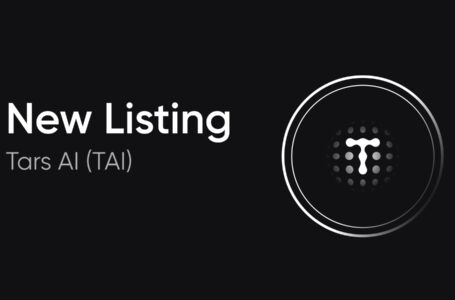
The Layer-2 scaling approach of Shiba Inu Since its beginning, Shibarium has garnered attention, but while frequently reaching new milestones, it seems to be developing at a somewhat slower pace. Shibarium’s block time, which is estimated to be 5.0 seconds by Shibariumscam, is one important aspect that must improve in order for the cryptocurrency to have a mid- to long-term shift in fortunes.
This block time is amazing for a blockchain technology, however there are several limitations to this specific measure. The protocol’s overall transaction load in comparison to that of other competing chains comes first.
Shibarium’s average daily transaction count is 11.47K, down from a record of 33.05K in October, according to on-chain statistics. Shibarium has handled 3,497,383 transactions in total since its mainnet debut in August, whereas other Ethereum-based protocols like Arbitrum (ARB) and Optimism (OP) conduct an average of 17.68 million and 8.03 million transactions every month, respectively.
This number raises the possibility that, should Shibarium’s transaction load climb above its current level, block time may rise to the point where transactions get clogged once more.
Getting ahead of curve
Shibarium’s block time has been fixed at 5.0 seconds for a very long period, with no discernible variations. The core team behind Shibarium has to focus more on advancing block time from good to excellent in order to stay ahead of the curve.
Shibarium needs every competitive advantage it can obtain to outperform its rivals and increase market share as it is a relatively young competitor in the L2 space. Even if Shibarium is setting records, it has to improve its block speed if it wants to soon rule the L2 ecosystem on Ethereum.


















